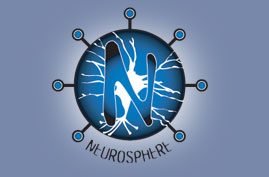Personal Shopping Accessory
Personal Infrastructure
As I pack to attend the annual Consumer Electronics Show, I am gearing up for a wave of personal infrastructure. Amazon Japan has introduced a new feature called “Amazon Scan Search.” After users download an application to their cell phone free of charge, they can scan barcodes of ordinary products, which in turn enables them to search the cell phone version of Amazon.co.jp for the respective product. I wonder, if you’re already in Wal-Mart, haven’t you already assumed you’re getting the lowest price??
“Designed for on-the-spot price checks.”
http://www.gizmodo.com/gadgets/cellphones/amazon-japan-cell-phone-fancypants-service-026198.php
http://www.cesweb.org
